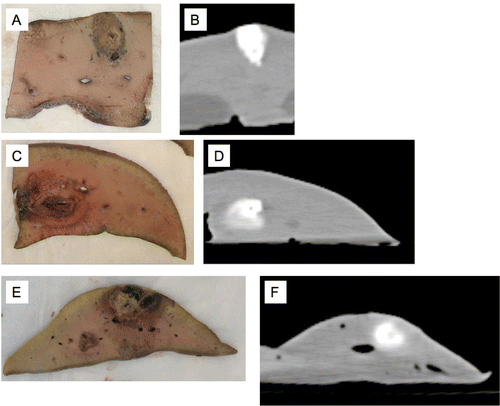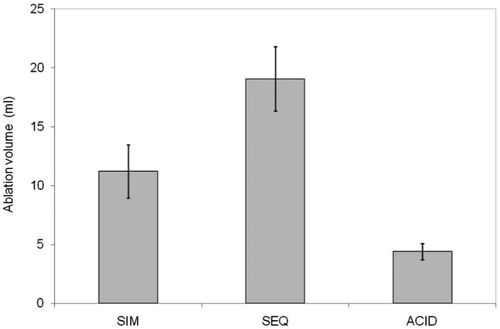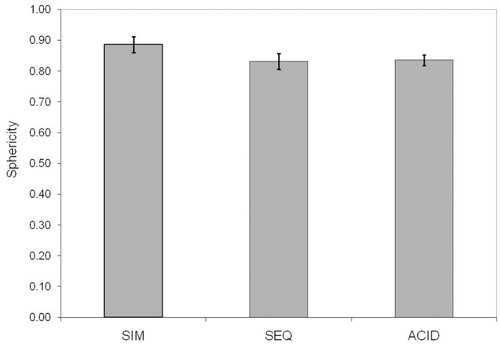Figures & data
Figure 1 Bar graph depiction of peak temperatures measured at thermocouple for (L to R) saline sham, simultaneous injection, sequential injection, and acid-only injection. All solutions had been warmed to 39–40°C (pig body temperature) prior to placing into a syringe pump with extension tubing to the device. SIM, simultaneous injection; SEQ, sequential injection.
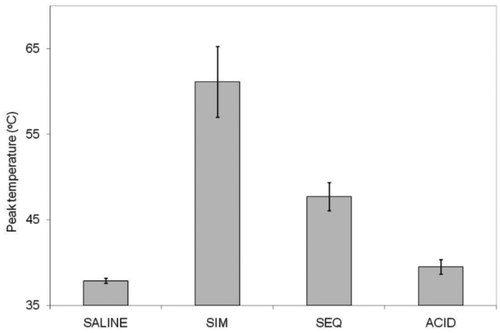
Figure 2 Histology: Gross and corresponding histologic sections after acid (A, B, C), simultaneous (D, E, F) or sequential (G, H, I) injection. Cells in ablated regions exhibit coagulative necrosis and are shrunken with pale cytoplasm and indistinct nuclei compared to unablated tissue (inset, C). Haemorrhage is obvious in simultaneous and sequential sections (E, F). Imaging marker (spaghetti) is visible in histological sections (B, C, stars). A, D, G: Bar equals 1 cm. B, E, H: H&E, 40× magnification, bar equals 500 µm. C, F, I: H&E, 400× magnification, bar equals 50 µm.
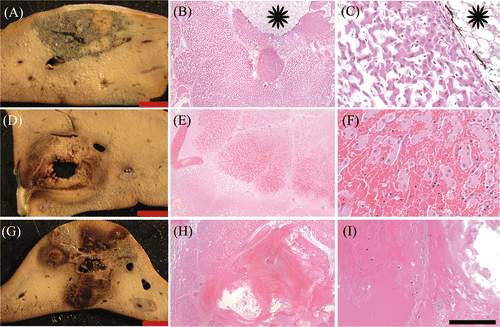
Figure 3 Vascular damage adjacent to ablated region. Fibrin and neutrophils (arrow) adhere to vascular endothelium in vessel adjacent to viable hepatocytes. H&E, 200× magnification. Bar equals 50 µm.
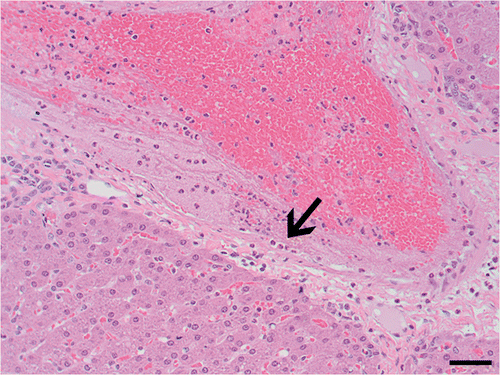
Figure 4 Gross pathology correlations with adjacent CT rendering corresponding in each case. Acetic acid alone (A, B), simultaneous injection (C, D), sequential injection (E, F). Note that although acid alone correlates fairly well, with either of the two other methods there is inconsistent density and/or shape compared to CT.
